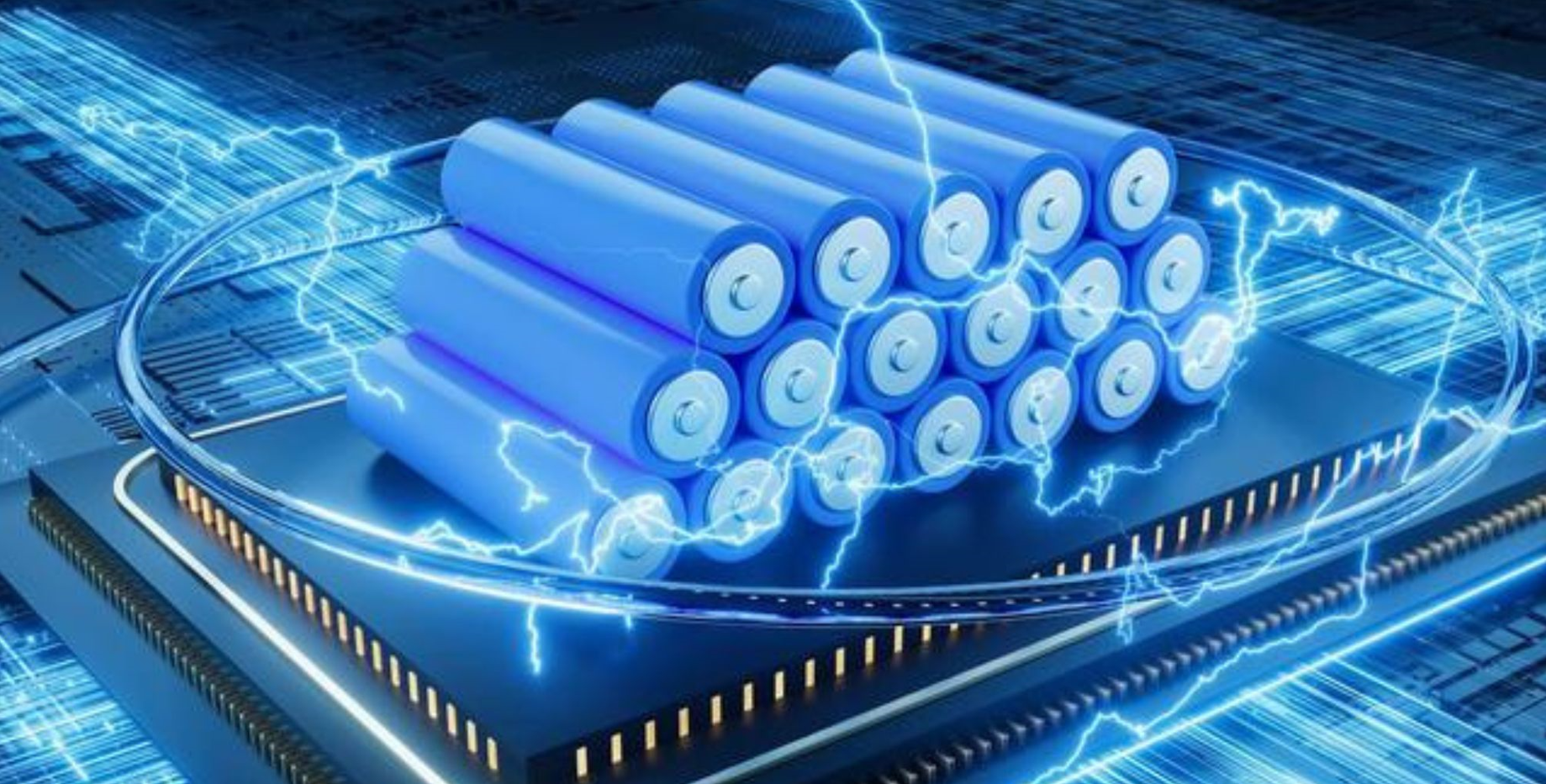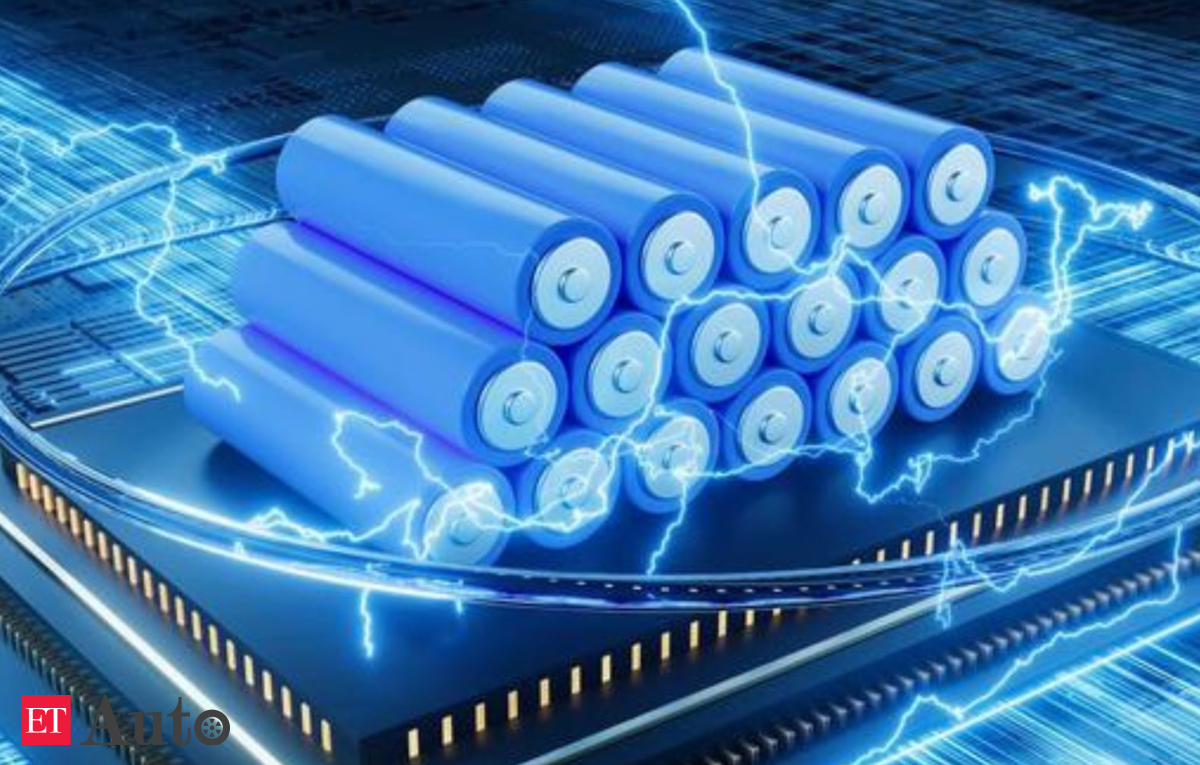
New Delhi: As electric vehicles (EVs) become increasingly popular and mainstream, the search for a better battery chemistry has also picked up momentum.
Over the years, different battery chemistries have been tested for EV application. Now the industry is dominated by Lithium iron Phosphate (LFP), and Nickel Cobalt Manganese (NCM) chemistries, though LFP batteries are becoming the preferred option globally.
NCM has high energy density but low thermal stability – the batteries are prone to occasional bursts. Cobalt and nickel shortages can create supply chain constraints. Hence it is losing the race. LFP batteries with high thermal stability, longer life cycle and lower costs as they do not use nickel and cobalt are in the lead.
Emergence of LMFP technology
LFP batteries, however, have lower energy density than NCM batteries and cause range limitations. But, R&D has led to the development of Lithium Manganese Iron Phosphate (LMFP) technology.
LMFP‘s structure is similar to LFP but has Manganese present. Along with the good qualities of LFP batteries – low cost and high thermal stability – it has higher energy density and low temperature stability. LMFP batteries discharge high amounts of power quickly. Due to higher operating voltage than LFP, their theoretical energy density can reach up to 230 Wh/kg, which is 15% -20% higher than that of LFP batteries.
Energy density comparison
Source: EYP Analysis
The cost of LFMP batteries is about 21% higher than that of the LFP batteries on a USD per kg basis. However, considering their higher energy density, the cost per watt-hour is about 5% lower, and much lower than that of ternary batteries. Overall, it can serve as a lower-cost and safer technology for applications with higher performance requirements, including EVs and large-scale stationary energy storage.
Battery cost comparison estimates
Source: EYP AnalysisVarious organisations are exploring the possibilities of further reducing LMFP technology’s cost. At present, the LMFP manufacturing process is similar to the LFP that uses iron phosphate as a precursor to mixing with lithium and manganese salt. In future, powdered manganese iron ore and phosphoric acid could be used, which would reduce cost.Manufacturers are actively trying to use low-cost materials in LMFP manufacturing. For instance, one of the largest global battery manufacturers uses low-cost metal oxides while another manufacturer uses common inorganic chemical raw materials to reduce costs and improve electrochemical performance through ion doping and carbon coating.
Key metals pricing
Disadvantages
Source: Trading Economic and EYP Analysis
However, LMFP batteries have some disadvantages like poor conductivity and life cycle. Apart from technological advancements in the batteries, their properties can also be improved by blending with different chemistries. For instance, due to similar voltages, LMFP and NCM can be blended to create a hybrid cathode active material which is safer and cheaper than NCM with only a small drop in performance. For initial commercialisation, many OEMs might combine LMFP batteries with ternary materials due to gained advantages such as low costs and high safety and energy density.
The rise of LMFP
Battery OEMs are increasingly focusing on producing LMFP batteries in the next few years. One of the largest manufacturers plans to release an LMFP battery within this year while another one launched its LMFP battery in a conference in China. A leading EV manufacturer has been working on its own LFMP composition.
In the Indian market, it is important to meet consumers’ specific needs – a battery that is safe, durable and cost effective. The unique climatic and road conditions can greatly impact battery performance. This makes the thermal stability of NCM batteries a cause for concern and that of LFP batteries advantageous. However, for higher energy density requirements – where LFP is not ideal- LMFP is likely to become a worthy contender. In fact, a domestic battery manufacturer has made significant gains and claims to offer India’s first LMFP batteries for the EV industry.
Another factor to consider is the li-ion battery manufacturing value chain being established, which is backed by the government via the Advanced Chemistry Cell Production Linked Incentive (PLI) Scheme. As the current LMFP manufacturing process is on similar lines as LFP, it would be easy for battery OEMs to shift from one to the other to expand.
Currently, there is no foreseeable dominant chemistry manufacturing coming up in India. While most players benefitting from the PLI scheme have not yet expanded on their plans for battery manufacturing, an electric two-wheeler producer is going to start manufacturing NMC 2170 by 2023. Another player, who was not included under the PLI scheme, has launched the first manufacturing factory in Bengaluru and is producing LFP and lithium titanium oxide cells.
Way ahead
The need of the hour is nickel- and cobalt-free alternatives so as to avoid supply chain constraints and high costs. LFP has already established a base in the EV market and has taken a hefty market share. With LMFP added to the portfolio, a low-cost high-range, safe and dependable battery future is on the table.
(Disclaimer: Srihari Mulgund is Partner and New Age Mobility Leader, EY. Views are personal.)









